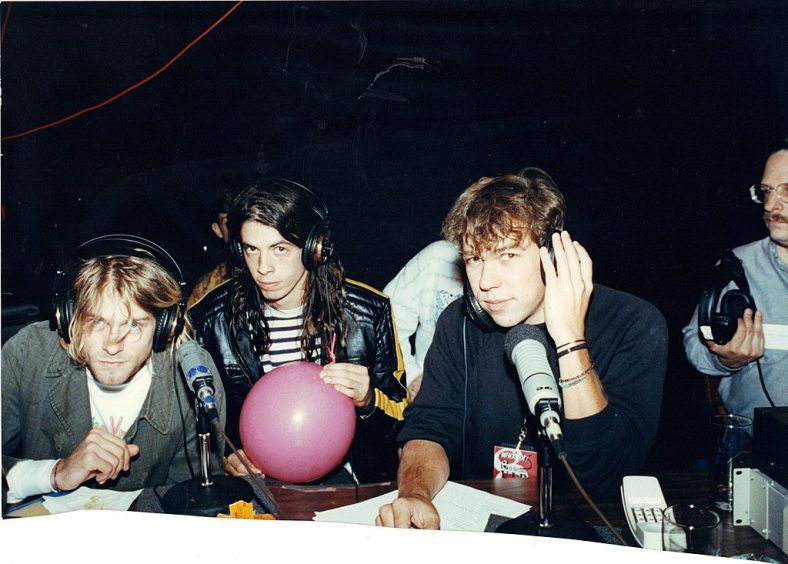What Genre is Nirvana?

Nirvana’s music is classified as grunge but it was heavily inspired by alternative rock, hard rock and punk rock. What was supposed to be found in special sections at record stores was suddenly thrust into the mainstream music scene just like the band itself as they refused to be limited to a specific genre. Nirvana is responsible for single-handedly changing the shape of the music scene and making alternative rock and grunge popular.
Contents
Grunge City
When Nirvana’s second album titled Nevermind, shockingly turned the music world upside down in 1991, much discussion centered around the Seattle music scene from which they emerged. In truth, the music scene way up in the northwest corner of nowhere had already become a hotbed of activity prior to Nevermind replacing Michael Jackson’s Dangerous from the top of the charts.
Nevermind
Nevermind is commonly seen as one of the cornerstone grunge albums in history. However, it could also be referred to as an alternative rock and punk rock album.
It was a powerful collection of catchy punk songs, brilliantly mixed and produced by Butch Vig, and delivered by three dynamic and energetic kids who held no pretense of exactly what they wanted out of music. The record also dropped at a unique moment in American popular music, in which many had grown tired of the bloated decadence of 80’s metal bands like Motley Crue and Guns ‘N Roses.
The hit single Smells Like Teen Spirit was intended to be a throwaway, an impromptu ode by Kurt Cobain to the alternative rock band, the Pixies, and ended up being an anthem for millions of angst-ridden teens and 20-somethings.
A Catalyst for Many Other Styles of Music
Bands such as the Melvins, Soundgarden and Green River had found their salvation in sludgy, dank Black Sabbath guitar riffs years earlier. Fellow contemporaries of Nirvana, like Mudhoney, Mother Love Bone and Alice in Chains, had expanded the palette of the scene by incorporating elements of glam metal bands like Bowie, T-Rex and even 70’s rock acts like Aerosmith into their sound.
In short, what was born out of a love for thick, drop D plodding with a DIY ethic of punk rock, the scene in and around Seattle became its own petri dish that allowed bands to delve into any genre of music and pull what they loved best from the variety available.
An Unexpected Success within an Underground Genre
Once the mainstream became abuzz with what was now termed as the “grunge” scene in Seattle, discussions turned to how such a scene was able to remain below the radar for so long. Nirvana was inundated with inquiries about how they had been able to break through with Beatlemania level success.
Cobain was constantly asked about his influences, which ranged from Beatles to Queen to Ramones to Vaselines to Flipper and the Breeders. In other words, the band’s tastes and influences were all over the map. Krist Novaselic and drummer Dave Grohl were also quick to pay homage to the many punk and metal bands that paved the way for the success of Nirvana.
Final Thoughts
In the years since Cobain’s death, the chatter has never waned about Nirvana and their influence on modern music. The grunge term in the wake of the initial craze would eventually become watered down and bands would use it while “selling out” for commercial success.
In retrospect, Nirvana wasn’t a pure hard rock band. They weren’t a full-on punk rock band either. They gave nods to power pop bands.
They loved John, Paul, George, and Ringo. And though Cobain may have resisted being confined to this label or that, all that was good was spawned from Seattle. In short, Nirvana was the epitome of grunge in all its sludge-covered beauty and made many contributions to music and culture.
Nirvana Featured Image by: Julie Kramer, CC BY-SA 4.0, via Wikimedia Commons





